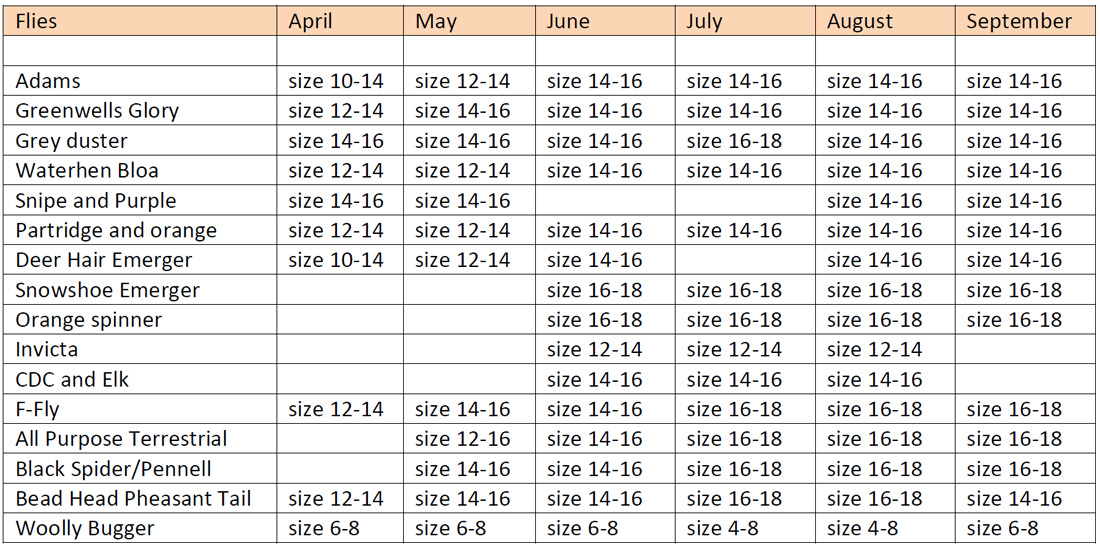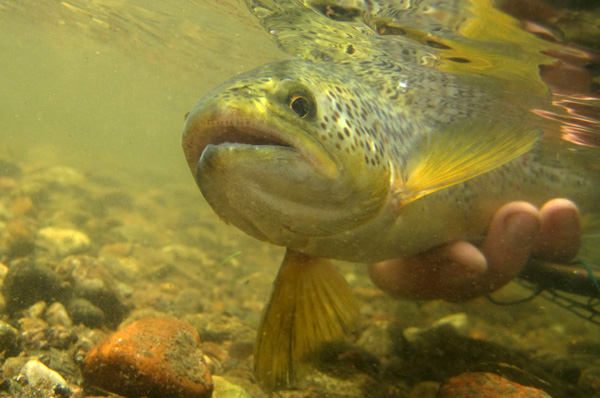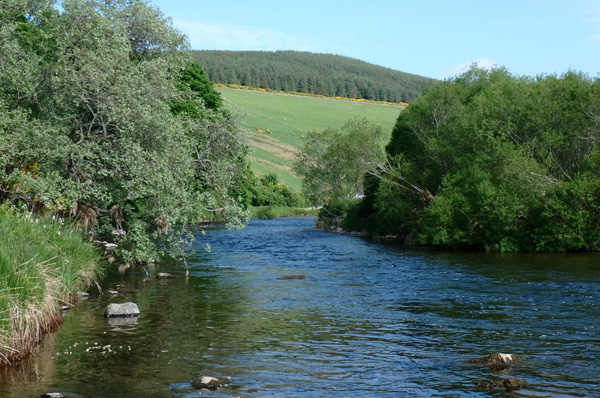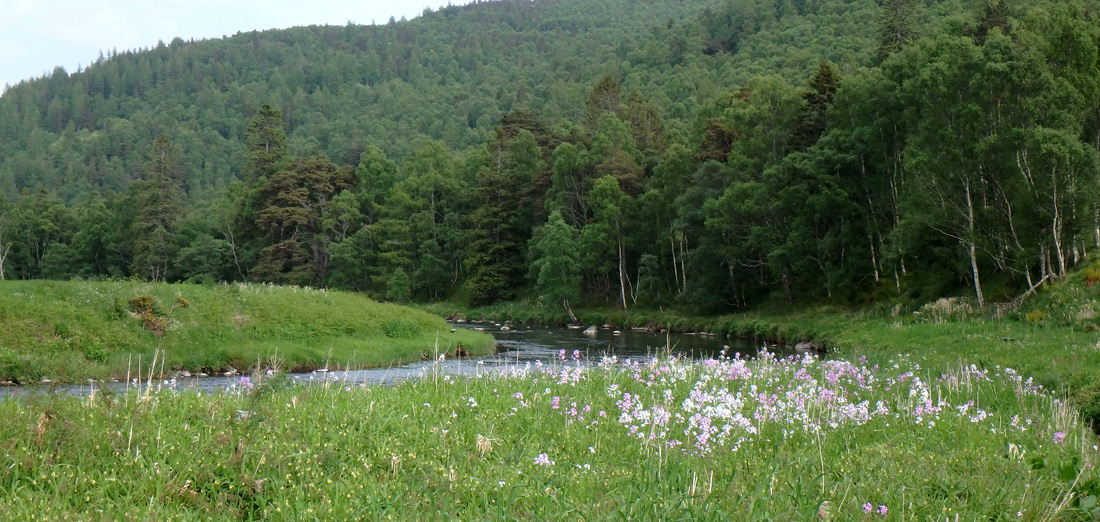Brown Trout Fly Fishing On The River Don
Some useful tips from Sandy Nelson
Although there are many beats on the Don, we can consider the basic guidelines that govern the whole length of the river. All the beats have a selection of glides, riffles and pools and the river lends itself to most upstream techniques. Dry fly, spiders and nymphs all have their place and given the correct time of day, you will find the trout receptive to any of these methods.
Most of the larger Don trout migrate upstream to spawn, by the start of spring the fish have dispersed themselves throughout the river and you will find all beats have a healthy head of really good trout. The average size on most beats is around the 10-12" mark, though fish of 2lbs are frequent and fish of 4lbs plus are caught every year.
As with most freestone rivers the fish feed on a wide variety of the available food. However the larger Don trout do rise to the surface and can be caught on the dry fly during many of the diverse and prolific hatches the river bears witness to, especially during the day in the spring and autumn and on summer evenings.
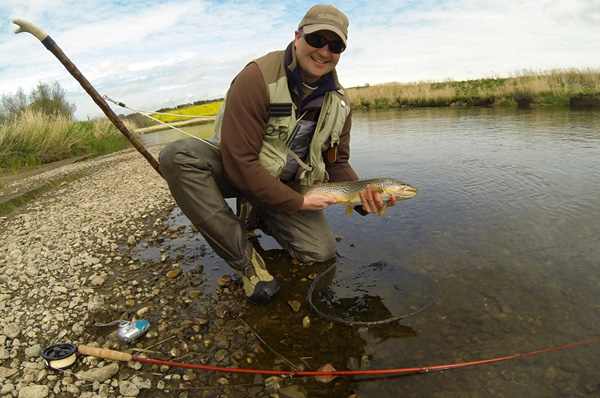
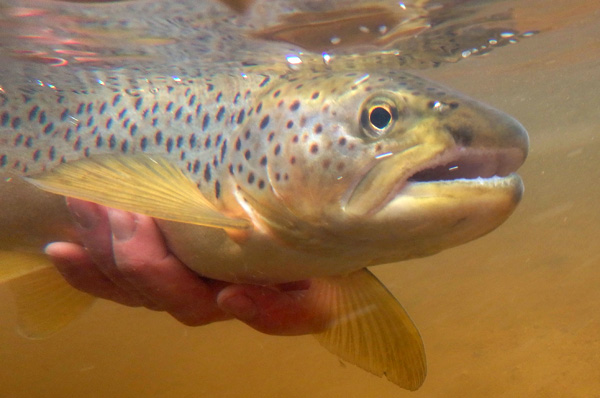
The river has some great "pocket style" water and shallow riffles, which when fished Klink and dink style can produce some real surprises. The Don has many species of Caddis and Stoneflies as well as the Upwings, the nymphs of which the fish will feed on most of the year. The method is about as simple as a nymphing rig gets, think nymph and indicator (only the indicator will also catch fish).
The Klink and Dink or Duo can be quickly altered to suit conditions/flow/depth, it is a fantastic searching method and allows you to cover a lot of water quickly. Your regular river set up is all you need for this method, some fish straight through and rely on the weight of the nymph to turn the system over and others prefer a tapered leader. Either is fine although the tapered leader means changing from this to a single dry only requires a tippet change.
A typical set up would be a 9-12ft tapered leader to 6-12" of tippet, the indicator dry attached to this (usually a buoyant Klink or Balloon Caddis) and if fishing the New Zealand style the nymph is hung directly off the bend of the dry , anywhere from 1-5ft or deeper depending of depth/speed of flow and weight of nymph. Indicator yarn can also be used if you want to keep your leader complete and ready to quick change back to the dry. A simple Pheasant Tail nymph in a 14 or 16 with a tungsten head is all you need.
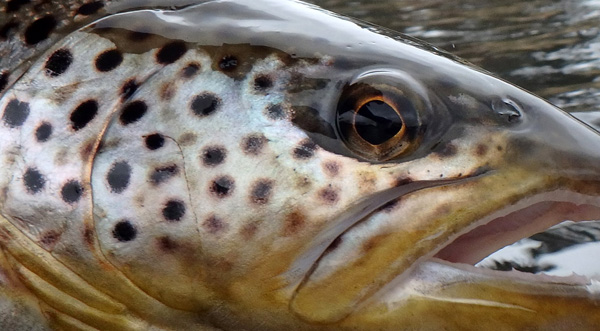
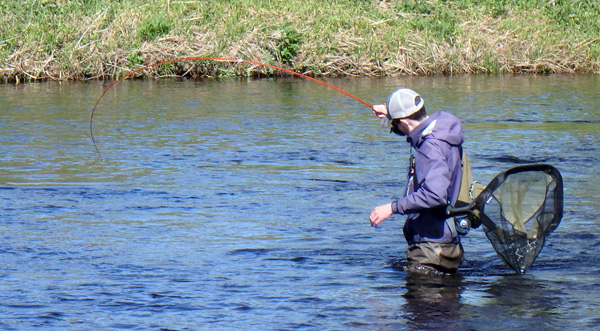
The long glides on the river should not be ignored, and some of the small dimple rises can surprise you. Some of the time, these trout can be taken using buzzer techniques, as the Don has a huge colony of black buzzers which hatch all year round during the day. In the evenings from May to August you will also find a small yellow buzzer that the trout like. Stillwater buzzer patterns will work, but avoid the super-glue styles as they sink too quickly. Try using seals fur or herl based patterns as well as Black Spider and Black Pennell.
The glides can also produce some great rises on summer evenings to hatching sedges. Pupa imitations fished dead drift will prove highly successful as will a size 14 Invicta. Don trout can sometimes show a real liking for the small black and small red sedges during summer evenings and a CDC and Elk, Whickams Fancy or Black Palmer can be really successful in a size 14 or 16. Equally those dimple rises can be spinner feeders or even terrestrial feeders, so don't be shy on changing tactics if you are struggling to get any interest, the fish generally feed pretty steadily when there is food on the surface, it's just a matter of working it out.
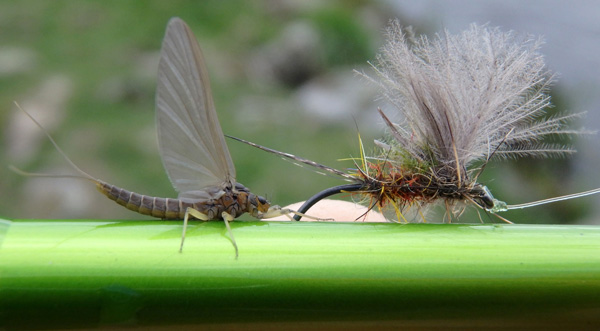
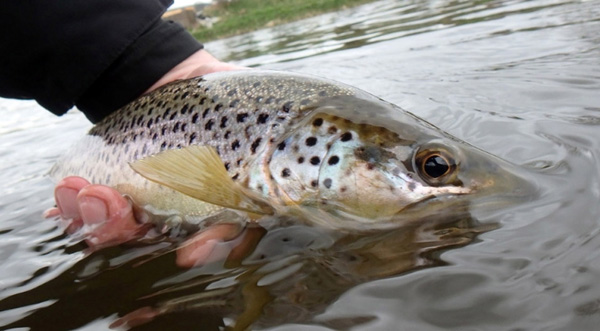
There is a large head of minnows and sticklebacks in the river and the trout love these. The bait itself is banned, but a large Alexandria or Butcher can be productive on most beats, especially just as it gets dark and the larger fish start to hunt. Proper streamer fishing can be extremely effective with some of the larger resident fish and if the water is high or coloured a large streamer can often save the day.
It can be hard work chucking articulated patterns about but a 6-8wt 9ft rod and a good fast sink tip line will help you plonk those budgies and create a disturbance. An upstream and across cast, retrieving the fly in an erratic fashion will be more effective than letting the fly hang in the current.
Kelly Galloup has been a big influence on some of the local guys who have made streamers work really well, his flies are big and mobile and the lunkers love them. A simpler approach is to use a black or olive woolly bugger with an orange head, easier to tie and less heartache if you lose one.
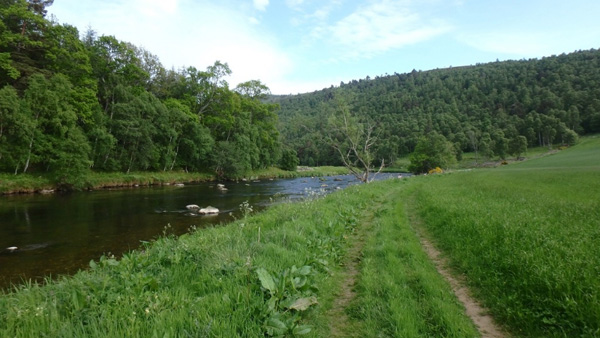
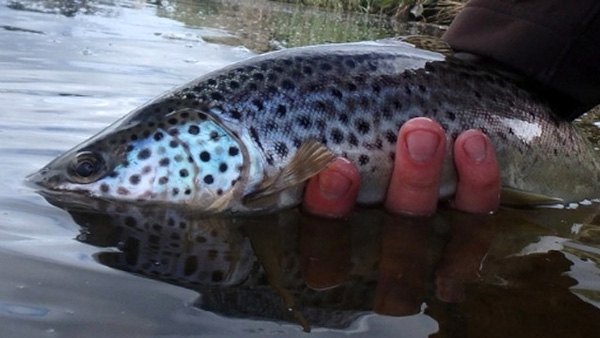
What most people think about when it comes to trout fishing, is of imitating the Upwing flies and the Don has a wide variety of species to choose from. In April and May look for the Large Dark Olives, the March Brown and the Iron Blues hatching generally around midday to early afternoon. If you get a bright sunny day watch out for Grannom sedge, if they decide to hatch, they can often bring the fish up and the sport can be fantastic.
The Don trout can be very selective as to what they feed on, with a distinct preference for Olives, hence most local anglers are seldom found without a Greenwells Glory on their leader somewhere. River Don, Large Dark Olives, seem to be larger than the norm, so early season a size 12 fly will often prove more successful, later in the year a 14 or 16 is better as the Olives get smaller. The Large Dark's hatch most of the season, but they vary in size. During May, June, July and August you will also find Blue Winged Olives, Medium Olives, Small Dark Olives, Yellow May's and Olive Uprights hatching at various times of the late afternoon to dusk. Please don't forget the spinners of these flies as dusk falls, as this can provide some of the best sport.
August and September will see Large Dark Olives, Blue Winged Olives's and Iron Blues hatching mainly during the day and early evening, these can be very small but searching for the risers amongst the prolific weed beds can be very rewarding. The spinners of these flies will often pre-occupy the trout during an obvious hatch of duns, so if the dun imtiations are being ignored try something small and orange in the surface film.
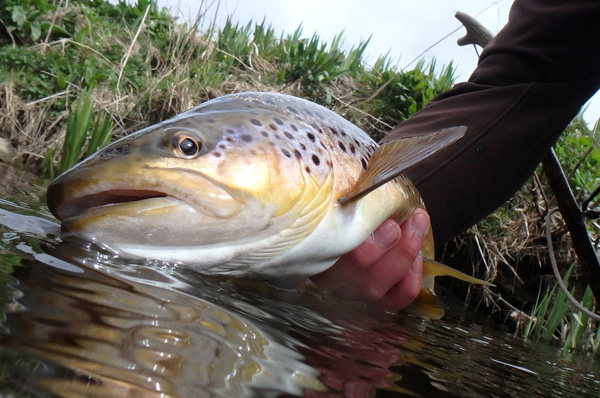
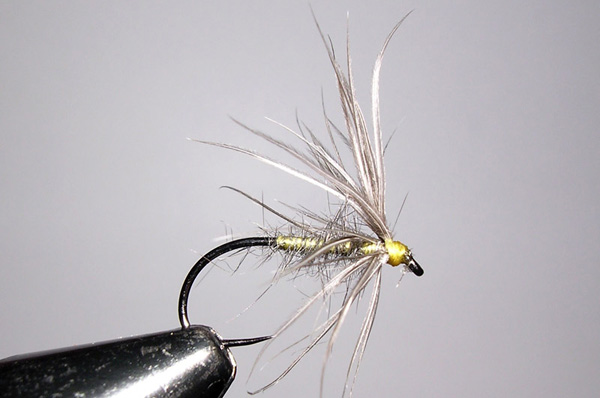
There are more species than this, but these will keep you amused all year. Dry Adams, Grey Duster, Greenwells Glory, Badger and Yellow and Orange Quills in sizes from 12-20 will suffice. Emergers like the F-Fly, DHE and SHE are a must in 12-16. Spiders such as Snipe and Purple, Waterhen Bloa, Woodcock and Hareslug, and Partridge and Orange will often score more heavily than the dries during the hatches.
Over the years, I have found that the locals are an invaluable source of information and fortunately for me, there were plenty of "older trout men" willing to pass on their knowledge to an eager youngster. Useful phrases like "When the broom's in bloom, use a yellow fly" have proven to be quite effective. As an adult I realize now that when the broom is out, there are Small Dark Olives, Yellow Mays, Sandfly sedges and a small yellow buzzer hatching so a variety of yellowish flies are on the wing.
Do not overlook terrestrial flies, many of the Don beats run through farmland and can be quite exposed. The prevailing breezes of the NE of Scotland will deposit all manner of land based flies on the water, from tiny aphids to large hawthorn flies, with a huge range of small black things. Patterns like Paul Proctors APT in a 16 or 18 will pretty much cover all the bases, should the fish key onto these struggling bugs. If they are being particularly picky and perhaps hugging the bank then try something big like a foam beetle or hawthorn fly, even if they are not present, it can often be the meal the fish is looking for.
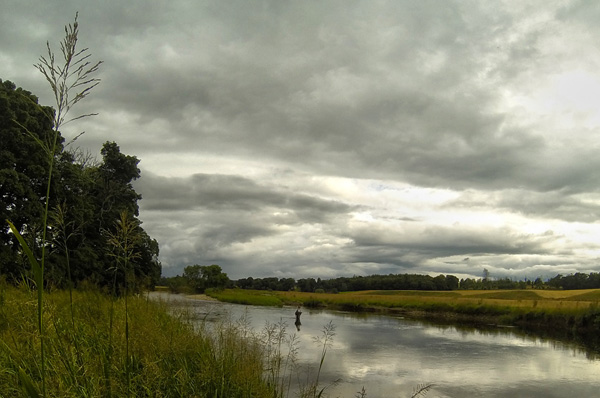
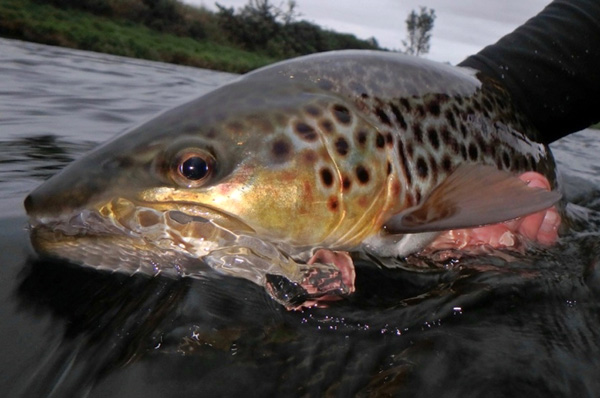
I hope you find the fishing on the Don to be quite superb, especially if you are willing to experiment with different techniques. Don't be afraid to fish all of the water, as some cracking fish can be found in some of the oddest places, any structure in the water will create a mini habitat that the fish will occupy, so keep your eyes peeled. Sitting, studying any likely looking water for some time will often help you to identify the better fish and give you a good indication as to what they are feeding on.
Personally, I think the River Don represents the finest accessible trout fishing for good sized, free rising fish to be found anywhere in the country. So, no matter which beat you choose to fish, may the wind blow from the west and tight-lines.
Here is a suggestion of flies to carry that should see you good whatever the conditions.
